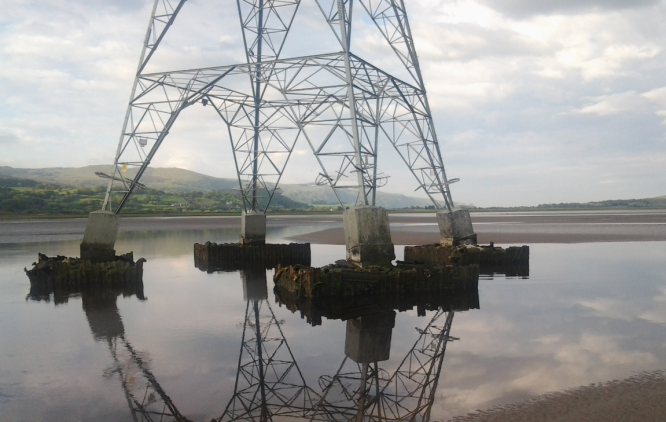Coastal Flooding and Erosion Challenge

The Opportunity
The objective of this Opportunity is to shortlist the submissions that best answer the brief, with the aim of attending a presentation day with the EIC Industry Partners, where it can be discussed in greater detail with a technical panel.
The EIC welcomes submissions from individual companies or companies working in collaboration with each other.
What is the Problem?
National Grid own and operate a large number of assets located in coastal areas around England and Wales. Seal level rise projections and increased coastal storm activity will lead to increased vulnerability of these coastal sites and assets.
National Grid are currently facing two major challenges:
Current Shoreline Management Plans (SMP’s) indicate that many coastal and estuary sites, and assets, will be at a heightened risk from not only flooding but also coastal erosion. Sea level rise and increased storm activity is leading to prolonged periods of flooding and accelerated erosion which is damaging transmission assets including towers, and this may result in their failure, collapse or inaccessibility. There is a significant risk to tower foundations observed in coastal locations due to increased erosion and degradation of concrete footings (see image). The expansion of salt marshes and changes to intertidal zones also increase the risk salt deposition and the corrosion of assets.
Projected SMP’s and coastal management strategies may result in changes to the coastal environment and this can result in some asset locations becoming untenable in the medium to long term.National Grid has a duty under their network operating license to maintain the security of supply within prescribed standards. The cost and difficulty of replacing a failed asset or rerouting complete sections of a route is a significant undertaking. Understanding the current and future risks is essential in planning which assets should be protected and which routes should be moved, and when. Moving or redirecting undersea or overland assets in order to mitigate future risks is challenging with significant costs and long timeframes, early engagement and longer-term planning is crucial in managing these risks.
Preferred output
A solution is sought to manage the significant impact of having to adapt or relocate individual assets or whole sites located in areas at risk. The solution should include robust modelling techniques, combining data from a wide variety of sources including (but not limited to):
- Shoreline Management Plans (SMP’s) produced by the Environment Agency (EA) and Local Councils
- National Grid’s Climate Change Risk Tool
- National Grid’s existing asset databases
The output will be a software tool that can:
- Model risk of damage from coastal flooding to assets at individual sites, e.g. towers or substations, and linear assets such as overhead lines
- Model and optimize mitigation measures required to minimize disruption to the transmission network
- Undertake cost benefit analysis of different mitigation measures such as site protection civil works or asset re-location schemes.
- Visualise and manage all NGET and 3rd-Party data within a single platform. This includes data from external sources including the Environment Agency.
Do you have a question about this Call for Innovation?
Join our focused Q&A session on Thursday, 23rd November, from 09:00 to 10:30 GMT. This is a valuable opportunity to gain detailed insights about the challenge and discuss your queries with network professionals and EIC experts.
To sign up to this event, email enquiries@ukeic.com


